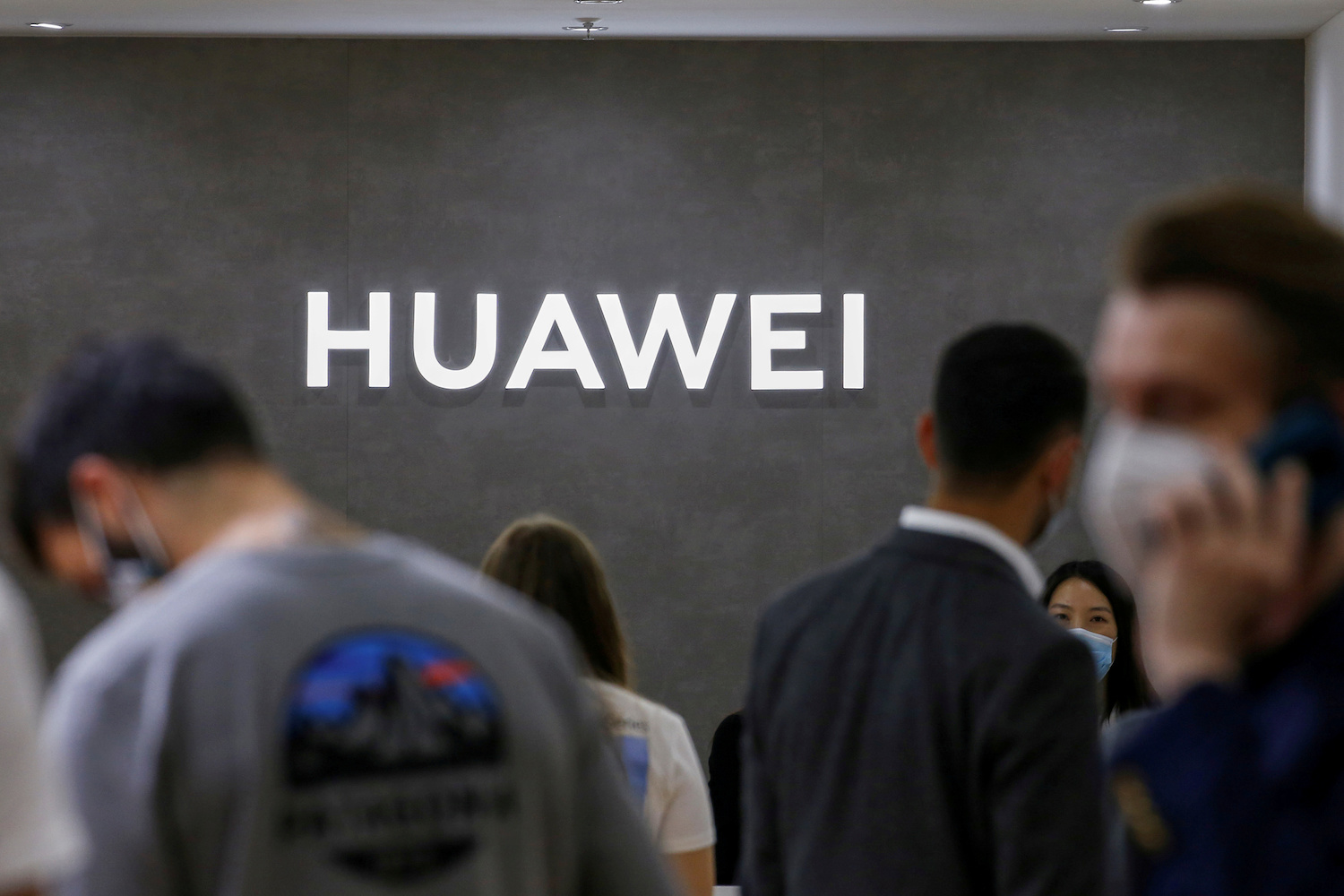(ATF) As China faces a microchip dilemma of macro proportions, Jun Technology has issued a list of China’s many and varied efforts to reduce the country’s reliance on foreign vendors.
Successive US bans on computer chips have had a huge impact on Huawei’s smartphone business, especially the second and third wave of US restrictions in May and August, which blocked almost all of Huawei’s mobile chip acquisition channels.
Many other companies in Huawei’s supply chain and other major players like ZTE are also suffering directly from US bans. Other Chinese tech firms such as Oppo and Xiaomi have yet to be hit, but the uncertainty is not good for business.
Huawei’s consumer business CEO Yu Chengdong admitted to the company’s dire straits in a public speech in which he said it was very likely that the Kirin 9000 chip may be the “swan song” of the company’s high-end Kirin chips.
Revenue figures released last week show that the years of double-digit growth may finally be coming to an end. Revenue grew 9.9% in January-September versus the same period a year earlier to 671.3 billion yuan ($100.4 billion), the company said in a statement on Friday. But its stockpile of Kirin chips is expected to run out some time next year.
Given this dilemma, Huawei is also actively looking for a way out. The most popular solution at the moment is for all of China’s related chip companies to work together to build an alliance to create a “highly autonomous and controllable semiconductor chip industry chain (in China),” the report in one local news outlet said.
Many semiconductor and related companies have already started taking action this year, with the support of China’s government.
Running in the forefront is, naturally, Huawei. The company’s rotating chairman Guo Ping said in an internal office speech he learned that Huawei had taken on the responsibility of developing EDA design software in a chip design link.
Recruiting experts, buying lithography machines
At the same time, Huawei is also recruiting doctoral students in the field of high-quality semiconductor chips around the world, including semiconductor technology, semiconductor manufacturing, semiconductor design, chip packaging and other related disciplines.
While Huawei is working to make breakthroughs in related technologies, the majority of Chinese companies in the field are not idle either.
Jingrui (Kingway Technology) has invested heavily in introducing ASML lithography machines to try to overcome China’s lack in this regard.
The Chinese Academy of Sciences has also announced that it will invest funds and people to work on lithography machine technology.
This comes in addition to the purchase of Japanese lithography machines from Nikon and Canon, with the intention of working with these two companies to develop a new type of DUV lithography machine, the report said.
All actions indicate that Huawei and Chinese companies have made the final decision to build a highly autonomous and controllable semiconductor industry chain.
With Huawei and other Chinese companies cut off from the world’s top chipmaker – Taiwan’s TSMC, US-based Intel has also announced that it is considering outsourcing all chip manufacturing operations to TSMC, Jun Technology’s report wrote.
Intel has experienced difficulties advancing past 7nm chip process technology. On October 22, Intel’s stock price lost 160 billion yuan overnight. This illustrates that firms need to keep up in the fast-moving microchip market, or fall behind and fall out the race.
Despite these major efforts, experts believe it is unlikely that China will even catch up to current standards within five years. And by then the industry will have changed considerably, so the Chinese alliance is hoping to leapfrog current standards and develop third generation semiconductors.























